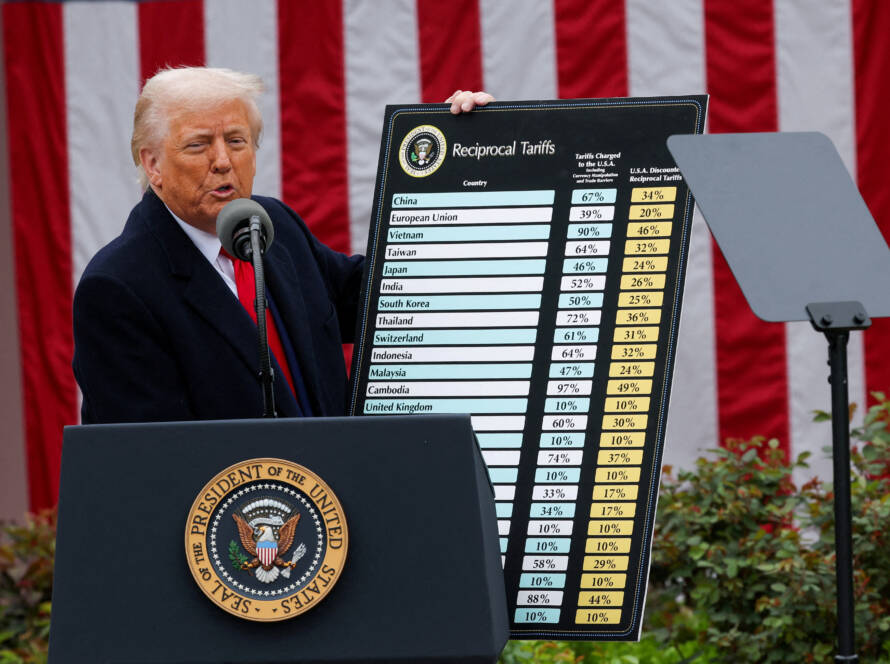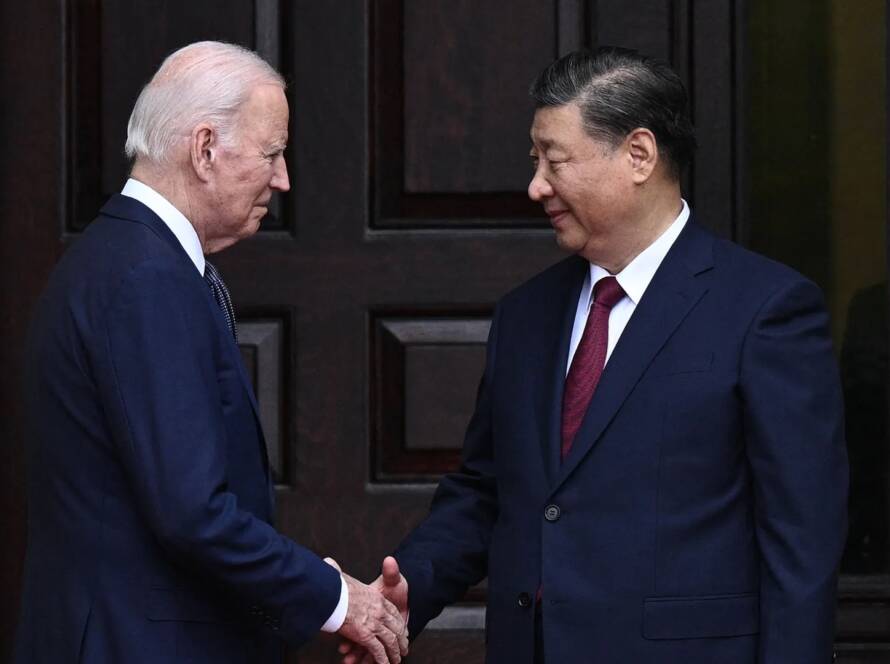By Sunil Abhayawardhane
Though Sri Lanka’s economic crisis blew open this year, its origins can be traced back to 1948. It was due more to what was not done than to what was done: put simply, the result of the country’s failure to industrialize, to shift to manufacturing.
Orthodox “mainstream” economics
Since independence, economic policy in Sri Lanka has tilted heavily towards orthodoxy, which essentially centers on balancing the budget.
In his Budget Speech of 1948, the then Finance Minister, J. R. Jayewardene, recognized the limits of this approach. He stated that he would move out of orthodox colonial budgeting. Nevertheless, over the next few years, he too stuck to orthodoxy.
Since then, Sri Lanka has failed to look for alternatives to orthodox theories. This was noted in the first few years of independence. Prime Minister D. S. Senanayake, at the opening of the Central Bank in 1950, hinted at “other possibilities” for development, referring to countries in which Central Banks had successfully assisted development efforts.
Senanayake advocated the monetary financing of industries. Yet the Central Bank adhered to orthodox methods, warning of inflationary pressures if they did not do so.
Savings for investment
The conventional method was to use the country’s savings for investment. In a poor country like Sri Lanka, there was nothing much that could be done with the savings we had. In other words, whatever borrowings the government had were hardly sufficient for development. The coat, as a result, had to be cut according to the cloth available.
To make matters worse, from 2001 to 2019 governments engaged in heavy foreign borrowing, the immediate cause of the present forex crisis.
An additional point to note is that social welfare has always been financed from government budgets. Together with the food subsidy, the cost to government in 1950 amounted to 33% of the budget, or 7% of GDP. What was clear even then was that another development financing strategy was required, if these measures had to be continued.
Transiting to open economies
In 1977 the economy was opened up. While this promised progress and prosperity, areas in which progress already had taken place were not recognized or developed.
The result has been that the transition from an import substitution economy to an open economy has not worked out well enough. 40 years on, we are still in the transition phase, stuck in limbo, not knowing what to do.
When he was Minister of Industries a decade after liberalization began, the present Acting President, Ranil Wickremesinghe, admitted, “Where did we go wrong? One such mistake was to liberalize without providing a package of policies to assist the Import Substitution industries to become competitive. Therefore, we must help these industries to bridge the gap between their current performance and what is required to become internationally competitive.”
However, this was also only talk. Nothing was done to rectify the situation.
Normally, the transition from import substitution to economic liberalization should take no more than a couple of years. Yet we have been in a state of transition for over 40 years, constantly moving in the wrong direction. This is a damning indictment on our policies.
Reviving the National Planning Council
We have some understanding of countries that have developed and particularly those that did after World War II. Simply put, they devised a plan and implemented it.
No country has developed through free market policies alone. Even the developed economies of the West did not follow such approaches to the exclusion of others. Certainly, markets are useful. But when they fail, intervention is required. And when they begin to function properly again, they should be used in the interests of everyone.
It was State intervention that made it possible for developed countries to reach a certain stage, beyond which markets took over. Even after that point, the markets were regulated, so as to make them function in the interests of society. The result was the “Golden Age of Capitalism”, which lasted throughout the 1950s and 1960s.
Realizing that a plan was needed for development, the Sri Lankan government set up the National Planning Council (NPC) in the mid-1950s. After a great deal of work, the Ten-Year Plan was published in 1959. Though the Plan seems outdated in today’s context, it was very much geared towards the future. Two of its recommendations were the use of nuclear power and the development of export industries.
However, with the assassination of the then Prime Minister, S. W. R. D. Bandaranaike, none of these recommendations materialized.
Since the National Planning Council is still in the statute books, it could be revived and used to craft a more cohesive development plan. The new plan would have to consider the global situation today, and Sri Lanka’s susceptibility to external shocks.
Widening the Central Bank’s mandate
Though the mandate of the Central bank is wide, it has only concentrated on one or two areas. Needless to say, D. S. Senanayake’s suggestion to the Central Bank in 1950, to look at ways of assisting the development process, has not been looked at seriously.
The Central Bank must do more than raise or lower interest rates. So far it has been a mere bystander, while governments have engaged in disastrous policies and have failed to see or hedge against the present crisis. The mandate of the Central Bank needs to be widened soon, to bring it in line with the development imperatives of the country.
If the main reason why development was slow was the fact that there was no funding available, this could be overcome by the Central Bank engaging in “Monetary Financing.” Moreover, economists should read up on the sidelined doctrine of “Functional Finance” developed by Abba Lerner, which is about balancing the economy rather than the budget. Hemmed in by fears of “inflationary pressures”, economists have, however, not seriously engaged with these alternatives, dismissing them as untenable and unfeasible.
On another note, the Central Bank can also form development banks for major sectors. These can be funded directly by the Central Bank. The banks that have been set up can then fund major projects on a priority basis, as envisaged in the National Plan.
Financializing the economy properly
With deregulation over the past 40 years, the global economy has gradually “Financialized.” Economies have moved away from production and industry. The financial sector has grown at a tremendous rate. Sri Lanka too has been subject to financialization, best seen in the proliferation of Finance companies.
How did this come about? Simply put, lending money was seen as a better prospect. The strategy was as easy as it was questionable: add interest charges and use whatever means to extract profits from borrowers. Since there were hardly any laws and regulations for finance companies, they could even resort to thuggery to achieve profit targets.
Moreover, financialization had many byproducts. The more toxic among them were subsidized by corruption, money laundering and tax evasion. When corruption happened, it soon became the “invisible hand” guiding the economy. It then became difficult to deal with.
Over the last 40 years, Sri Lanka has been guided by the specter of corruption, spreading to every corner. The Central Bank has facilitated this in the guise of “Financial Stability”, a direct result of granting untrammeled freedom to the financial sector.
When finance is left to market forces, it does not seek economic development, but quick profits. That is why the State had to intervene, and direct it towards development and industry, in countries like Japan and South Korea. We would do well to learn from this.
Learning from the past
We urgently need to learn from the Market Vs Intervention debate and use what will work in the given situation, leaving political ideologies aside.
The policies recommended in this piece have been carried out successfully in countries like Canada, Australia, New Zealand, Japan and South Korea. There is no reason why they cannot or should not be tried out in Sri Lanka. The only obstacle to this seems to the thinking of the economists, most of whom are trained to be rigid and orthodox.
In the final analysis, of course, economics will change with time. What was good in one era does not necessarily make it ideal in another. We are still a long way from how things should be. One can only hope that things will work out for the better, for all of us.
Sunil Abhayawardhane was the CEO of Sri Lanka’s largest heavy construction company, CDE, which completed several major projects in the country. Today, he is a social activist and student of macroeconomics. A graduate of the University of Wales, he is now working on his Ph.D. He can be reached at sunil.ab@hotmail.com
Factum is an Asia-focused think tank on International Relations, Tech Cooperation and Strategic Communications based in Sri Lanka accessible via www.factum.lk


